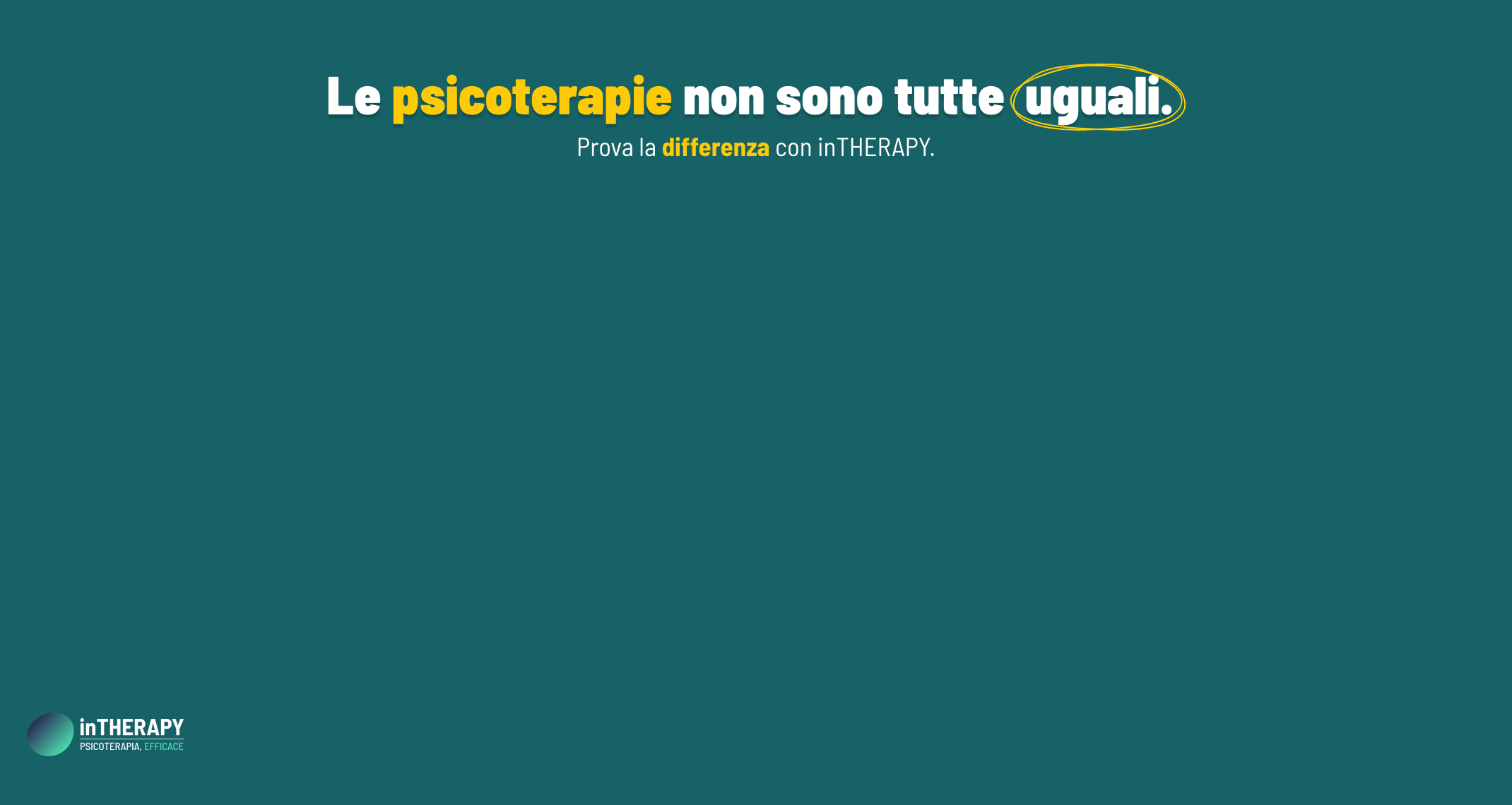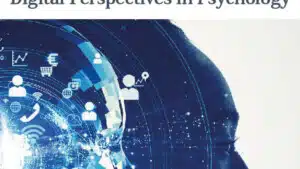POSTER PRESENTATO IN OCCASIONE DELLA EUROPEAN CONFERENCE ON DIGITAL PSYCHOLOGY 2021
Giovanna Puccio (1), Sara Bertoni (1,2), Sandro Franceschini (1), Martina Mancarella (1,3), Simone Gori (2) e Andrea Facoetti (1)
1 – Università di Padova
2 – Università di Bergamo
3 – Katholieke Universiteit Leuven
Introduzione
La dislessia evolutiva (DE) è definita come una difficoltà nell’acquisizione della lettura spesso caratterizzata da deficit fonologici (Snowling et al., 2019), motori (Iversen et al., 2005) e dell’attenzione visiva (Vidyasagar & Pammer, 2010). Alcuni studi, in particolare, hanno indagato il ruolo svolto dai processi attenzionali di esclusione del rumore nei meccanismi uditivi e visivi nei bambini con DE (Hancock et al., 2017; Sperling et al. 2005).
Proprio a partire dal ruolo causale che questi meccanismi sembrano svolgere nelle abilità di lettura, in questo studio abbiamo proposto un training con gli action video game (AVG) e uno con i non-action video game (NAVG) a un gruppo di 14 bambini con DE. Le abilità di lettura e l’efficienza dei processi di esclusione del rumore sono quindi stati misurati sia prima che dopo le sessioni di allenamento con gli AVG e senza (NAVG).
I risultati della nostra ricerca mostrano che le abilità di decodifica fonologica (la velocità di lettura di pseudo-parole) così come l’efficienza nei processi di esclusione del rumore (uditivo e visivo) migliorano significativamente solo dopo una sessione di training con gli AVG.
Questi dati permettono di sostenere una relazione causale fra le abilità di lettura e i meccanismi multisensoriali di esclusione del rumore, dimostrando l’efficacia del trattamento con AVG per la DE e arricchendo con nuove evidenze quanto dimostrato in letteratura (e.g., Bavelier & Green, 2019, Mancarella et al., under review; Franceschini et al., 2013; 2017; Franceschini & Bertoni, 2019; Bertoni et al., 2021).
Introduction
Keywords: reading (dis)abilities, selective attention, neuropsychological rehabilitation, neural noise, multisensory processing
Developmental dyslexia (DD) is not only characterized by a reading difficulty, but also by phonological (Snowling et al., 2019), motor (Iversen et al., 2005) and visual attention deficits (Vidyasagar & Pammer, 2010). Some studies have argued the crucial role played by altered auditory and visual mechanisms of perceptual noise exclusion in DD (Hancock et al., 2017; Sperling et al. 2005).
To test the causal role of perceptual noise exclusion in reading abilities, we proposed two different training with action and non-action video games (AVG and NAVG) to a group of 14 children with DD (aged 7 to 11 years, mean = 8,8 years) using a randomized, controlled crossover experiment. Reading and phonological decoding skills as well as auditory and visual perceptual noise exclusion efficiency were measured before and after AVG and NAVG training sessions.
Our findings show that phonological decoding skills (i.e., pseudoword reading speed) as well as multisensory (auditory and visual) perceptual noise exclusion efficiency were significantly improved only after the AVG training session.
This study supports the conclusion that a disorder of the multisensory perceptual noise exclusion mechanism is causally linked to the reading deficits that characterize DD. Indeed, a training that enhances the efficiency of this attentional mechanism appears to improve phonological decoding skills in children with DD.
This research is consistent with some previous studies that have shown that AVG training appears to improve, not only visual selective attention, but also auditory and phonological processing in healthy adults (Green & Bavelier, 2019, Mancarella et al., under review) and in children with DD (Franceschini et al., 2013; 2017; Franceschini & Bertoni, 2019; Bertoni et al., 2021). In this study we directly investigated the causal role of multisensory mechanisms of perceptual noise exclusion in children with DD by using AVG training.






